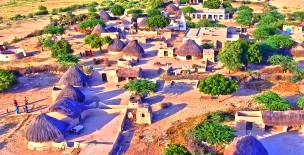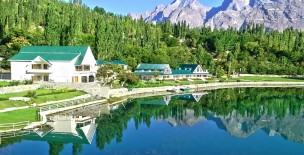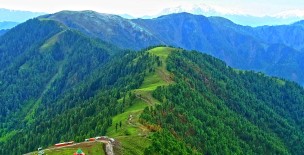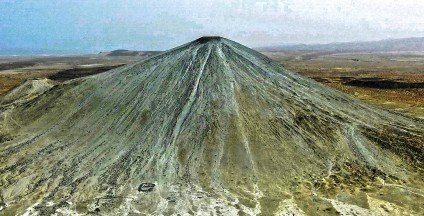Mango is commonly known as the king of fruits. It covers about 157,000 ha with a total production of 1,754,000 tons making Pakistan the 4th largest mango producing country in the world, after India, China and Thailand.
Pakistani mangoes are considered the best mangoes globally for their unique taste and hundreds of varieties that are grown in the country. They are in big demand in the markets of Middle East, Europe and Australia.
Over 200 variants of mangoes are cultivated and harvesting months are June and July. The total area under mango orchards in Pakistan is 157,000 hectares (67% of the area falls in Punjab; 32% in Sindh; 0.8% in Balochistan & 0.2% in NWFP)
The major mango producing areas in Punjab include Khanewal, Multan, Bahawalpur & Rahim Yar Khan. Dera Ismael Khan in KPK and in Sindh orchards are in Hyderabad’s rural part, Tando Allahyar, Mirpur Khas, Matiari, Sanghar & Umerkot.
Sindhri is a leading variety of mango from Sindh with its origins in a town of the same name in Mirpur Khas District. It is a large, oval-shaped mango with a yellowish skin, is low in fiber, and is highly aromatic.
Whilst Chaunsa of Multan is regarded as the 'King of Mangoes', Sindhri of Mirpur Khas is considered the Queen of Mangoes because of its taste.
For many, Sindhri mango is the epitome of taste and texture in mangoes. While it is generally sweet, Sindhri mangoes might be a bit tangy early in the season.
It is also one of the varieties that is seen the most commonly in markets in Sindh and the top variety of mangoes that are used commercially for milkshakes and ice creams.
This mango also grows larger towards the end of its season between May and August and does not spoil easily, providing it with a fairly long shelf life than some of the other varieties.
A certain amount of shrivel to the skin is fine as this indicates good ripeness. The mango should be eaten when the tenderness is obvious through the thin skin, which should become a deep matt yellow.
Sindh - Mangoes of Mirpur Khas
Related Videos
Leave a Comment:
For comment please login first: Login here













































